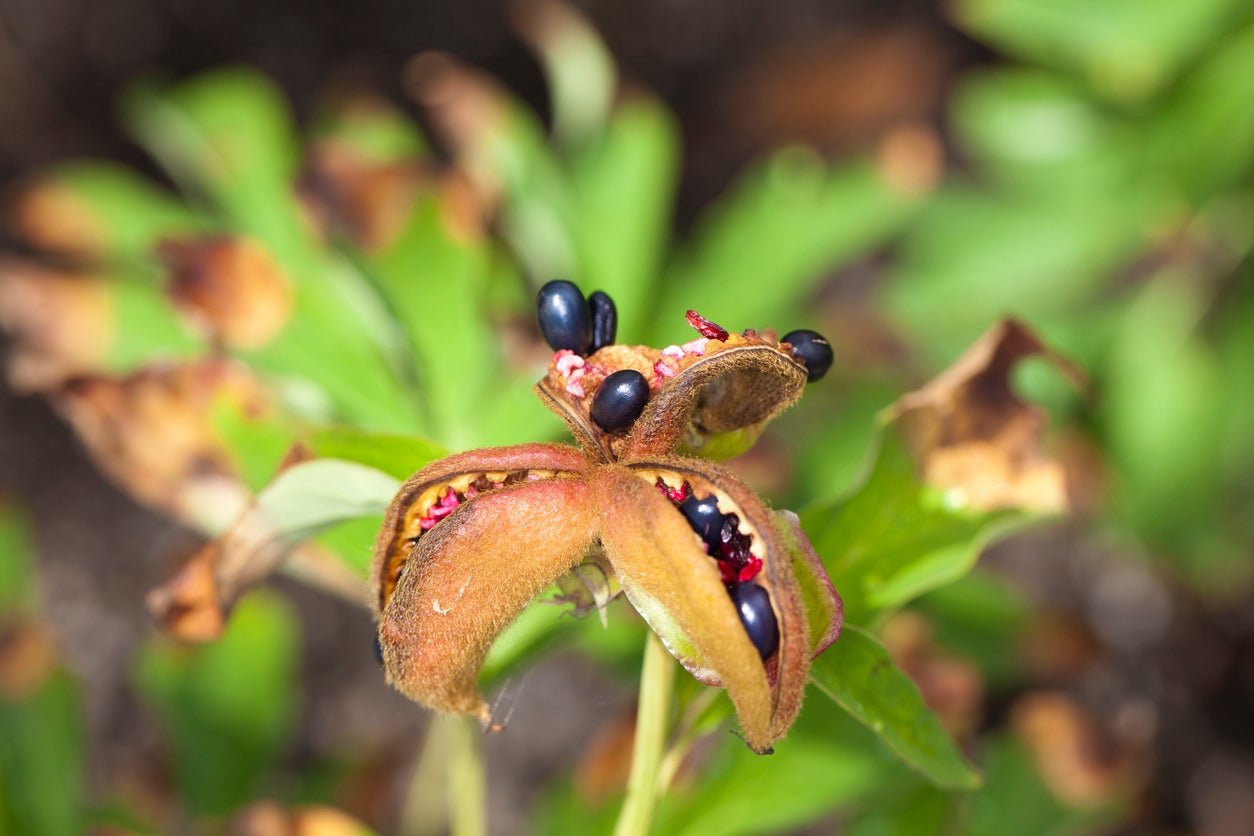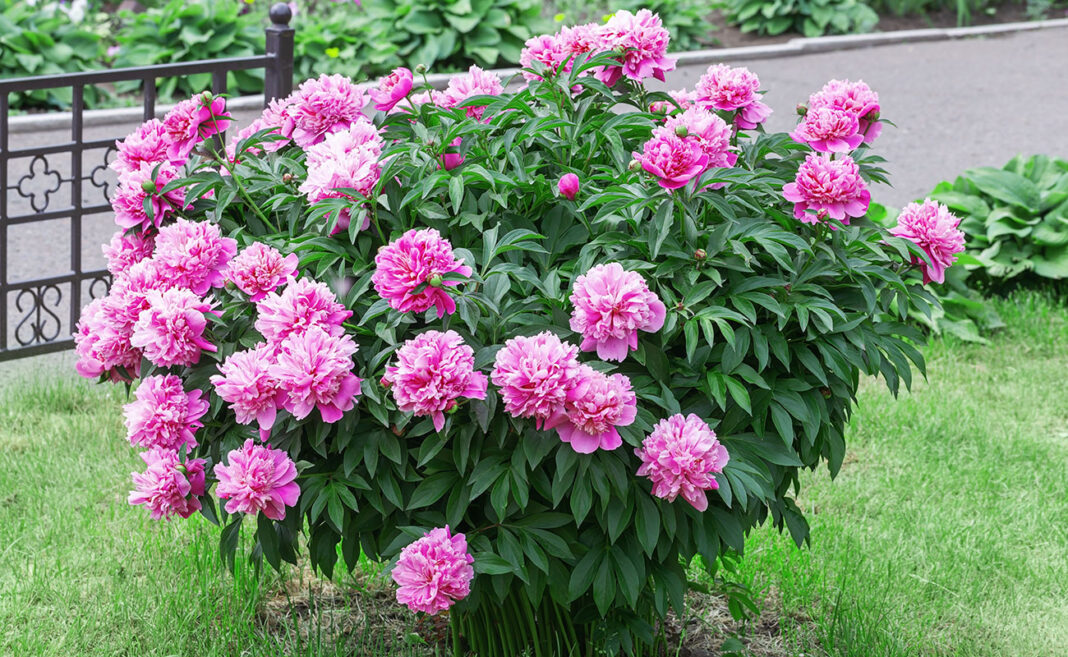Planting, growing, and caring for peonies can result in lush, vibrant blooms that add elegance and charm to your garden. Planting, Growing, Seeds and Caring for Peonies

1. Selecting Peony Plants:
- Choose high-quality peony plants from a reputable nursery or garden center. Look for healthy plants with firm stems and well-developed roots.
- Select peony varieties that are well-suited to your climate and soil conditions.
2. Choosing a Planting Location:
- Select a sunny spot in your garden with well-drained soil. Peonies prefer at least 6 hours of sunlight per day.
- Ensure that the soil is loose, friable, and rich in organic matter to facilitate root development.
3. Planting Peony Roots:
- Plant peony roots in the fall, ideally around 6 weeks before the first frost date, allowing them time to establish roots before winter.
- Dig a hole in the soil to a depth of about 2 feet (60 cm) and wide enough to accommodate the roots without crowding.
- Place the roots in the hole with the eyes (buds) facing upward, and spread out the roots evenly.
- Backfill the hole with soil, covering the roots completely and gently firming the soil around them.
- Water the newly planted peony roots thoroughly to settle the soil and remove any air pockets.
4. Caring for Peonies:
- Water peonies regularly, especially during dry spells, to keep the soil evenly moist but not waterlogged.
- Apply a layer of organic mulch around the base of the plants to help retain soil moisture and suppress weeds.
- Fertilize peonies in early spring with a balanced fertilizer, following the manufacturer’s instructions, to promote healthy growth and blooming.
- Provide support for tall varieties by using stakes or hoops to prevent them from flopping over under the weight of their blooms.
- Deadhead spent flowers promptly to encourage continuous blooming and prevent seed formation.
- Allow the foliage to yellow and wither naturally after flowering, as this signals that the plants are entering dormancy and storing energy for next year’s growth.
5. Dealing with Pests and Diseases:
- Monitor peony plants for common pests such as aphids, thrips, and botrytis, and take appropriate measures to control infestations.
- Prevent fungal diseases by providing good air circulation around the plants, avoiding overhead watering, and applying fungicides if necessary.
By following these steps and providing proper care, you can enjoy the luxurious blooms and lush foliage of peonies in your garden for years to come. Peonies are relatively low-maintenance plants that reward gardeners with their beauty and fragrance.
आगे पढ़े:
Peonies Seeds and Caring fastnews Peonies Flower in hindi fastnews Peonies in hindi fastnews Peonies Flower in hindi fastnews Peonies in hindi







